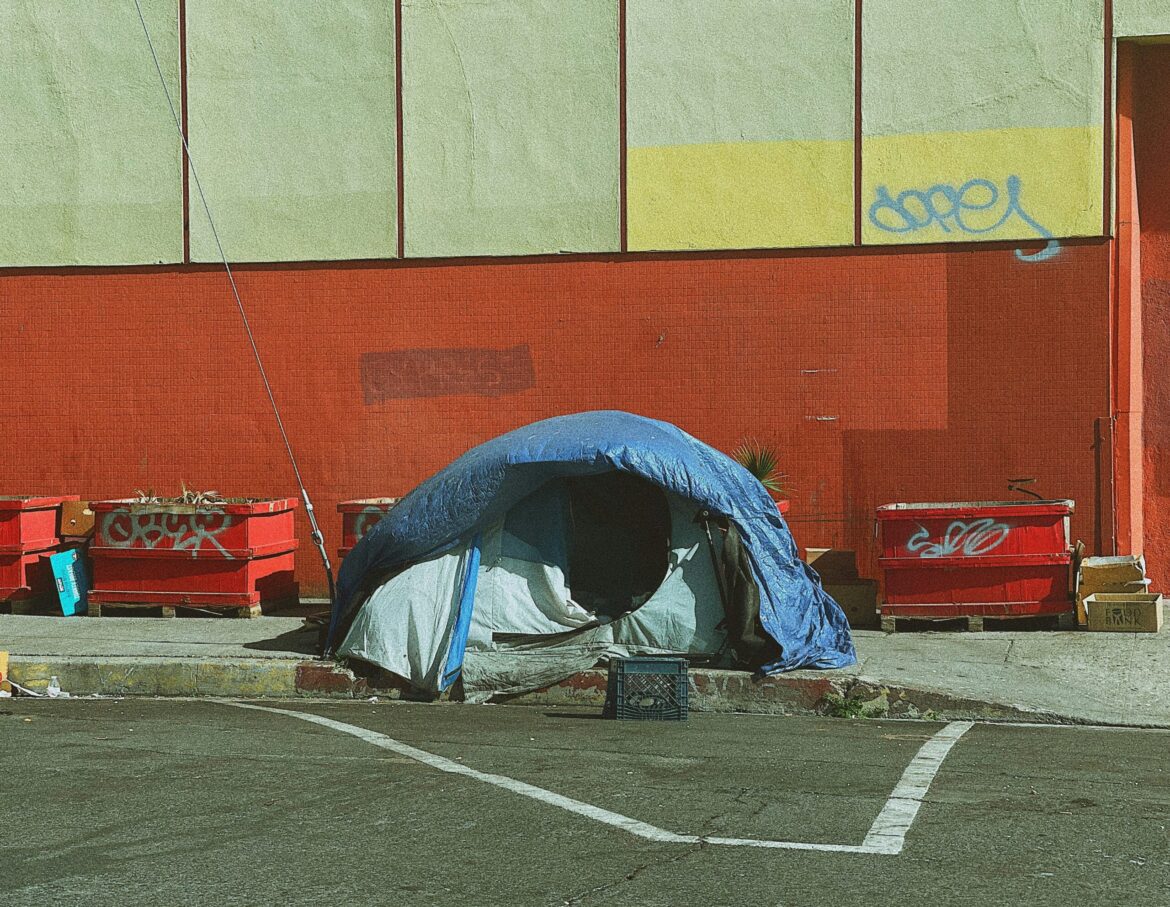As winter storms descended upon Southern California, Riverside County found itself at the center of a political and humanitarian storm. The abrupt reduction of its emergency winter shelter program has drawn widespread condemnation from community leaders, nonprofits, and concerned citizens, who say the decision puts countless vulnerable individuals at risk amid freezing temperatures and unpredictable weather conditions.
A Sudden Shift Amid Soaring Need
The shelter cuts, which county officials attributed to budget limitations and diminished federal aid, came just as the region experienced a surge in severe cold fronts and storm activity. Previously, Riverside County had ramped up shelter operations in anticipation of harsh weather, but this year saw a reversal. Instead of scaling up services, the county significantly reduced shelter availability, prompting a swift backlash.
Homeless outreach teams reported a noticeable increase in cold-related medical issues, including hypothermia and respiratory distress. These teams, already stretched thin, say the loss of warm beds and safe spaces is exacerbating an already critical situation. Emergency departments have also seen more unhoused patients seeking warmth and care, often with nowhere else to turn.
Outrage From Local Leaders and Advocates
Local leaders and nonprofit organizations were quick to condemn the move, criticizing the Board of Supervisors for failing to communicate the decision or involve key stakeholders. Mayors from cities like Palm Springs and Moreno Valley joined housing advocates in demanding accountability, with several accusing the county of making life-and-death decisions from behind closed doors.
Rev. Carlton Hayes of the Inland Equity Partnership voiced what many felt, stating, “To slash funding now is both cruel and shortsighted. We need compassion in policy, not just spreadsheets.” His words resonated at rallies held throughout the county, where protestors carried signs demanding the immediate reinstatement of winter shelter services.
Officials Defend Decision, Point to Budget Realities
In response to the growing criticism, members of the Board of Supervisors emphasized that the decision was driven by reduced federal support and a need to reallocate resources. According to board representatives, funding for emergency shelters had been tied to pandemic-era programs that have since expired. Without renewed assistance, maintaining last year’s shelter capacity was “fiscally untenable.”
Despite these explanations, the lack of public input and transparency surrounding the cuts has only fueled more frustration. Many community members argue that alternatives—such as short-term grants, public-private partnerships, or state emergency funds—were not seriously explored before shelter beds were slashed.
Calls for Immediate Action
With weather forecasts predicting continued cold and wet conditions, pressure is mounting on Riverside County to act swiftly. Advocacy groups have proposed reopening shuttered shelters, deploying mobile warming stations, and tapping into unused public buildings to serve as temporary refuge.
Community coalitions are also calling for an emergency board meeting, demanding not only the restoration of funding but also a long-term, sustainable approach to homelessness that doesn’t falter with seasonal changes. The crisis has sparked wider discussions about the county’s responsibility in safeguarding its most vulnerable residents—particularly during times of increased environmental stress.

